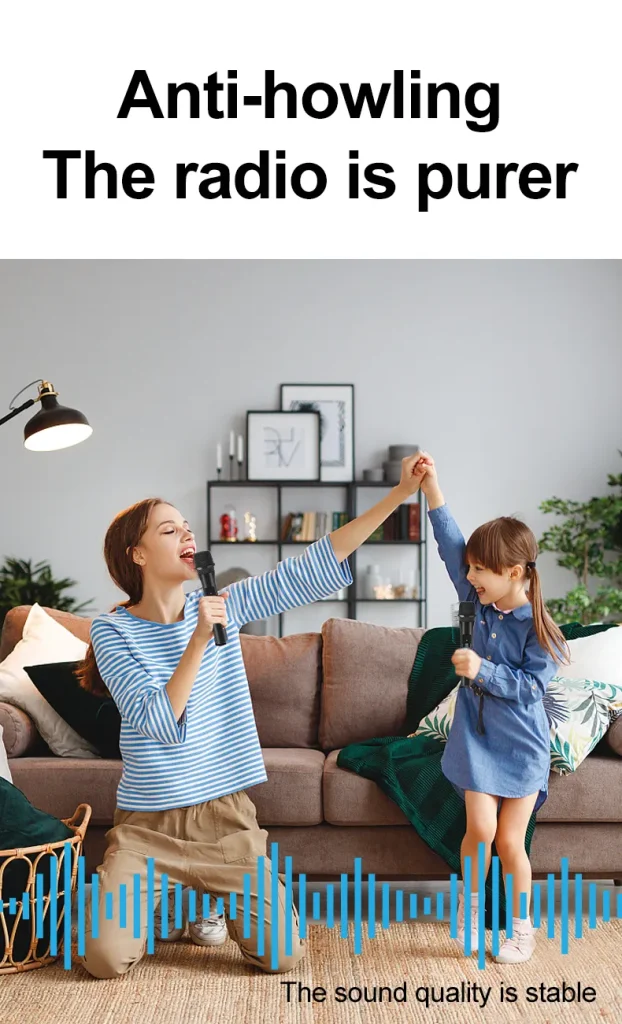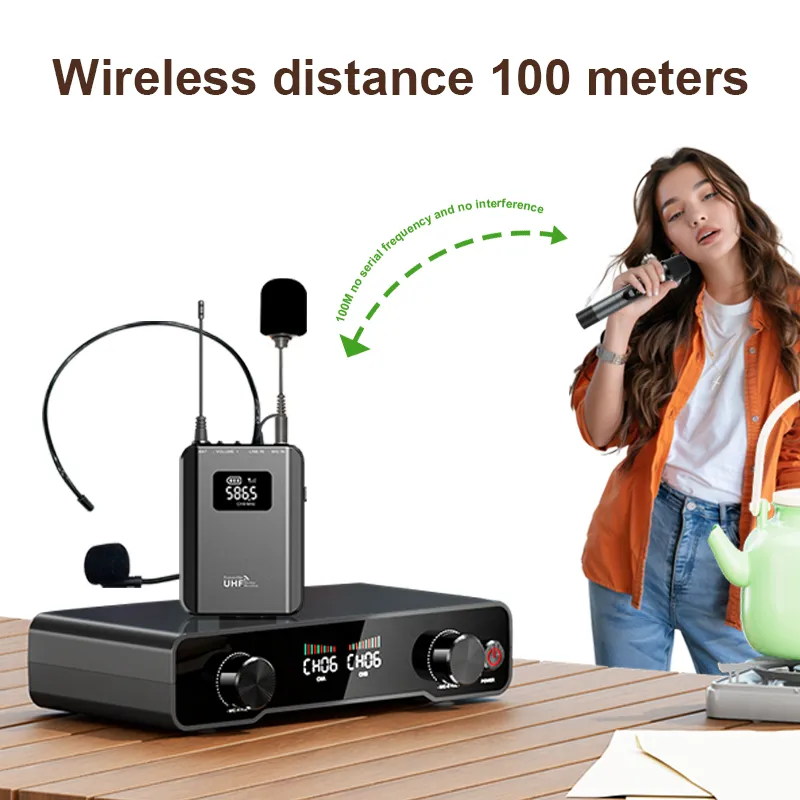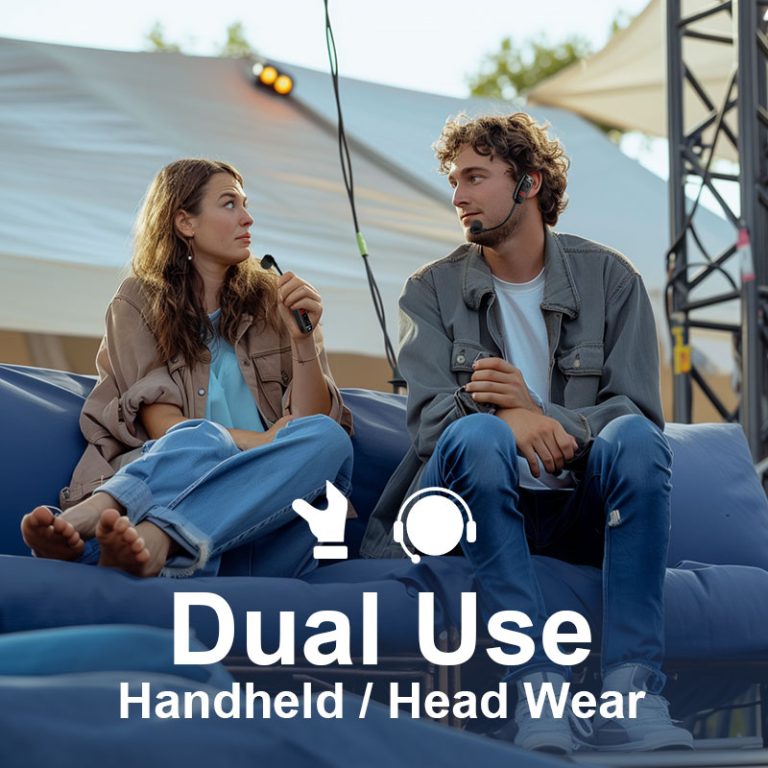How to choose a microphone
A Professional Guide to Choosing the Right Karaoke Microphone
Having worked in China’s microphone industry for many years, I’ve witnessed its evolution firsthand, tested countless devices, and gained deep insights into this field. Today, I’ll share practical advice to help you pick the perfect microphone.
Key Takeaway: There’s no one-size-fits-all microphone—the best choice depends on your needs.
For convenience, here’s a quick guide:
- Mic Types: Condenser vs. Dynamic
- Buying Tips: Match your use case, app, and budget
- Key Parameters: Sensitivity, frequency response, SNR, etc.
- Three-Good Selection Method: Simplify your decision
Let’s dive in!

Part 1: Condenser vs. Dynamic Microphones
Condenser Microphones
- How They Work: Sound waves vibrate a thin metal diaphragm, generating electrical signals.
- Pros: High sensitivity, crisp audio, ideal for studio recording.
- Cons: Fragile, prone to noise/humidity, requires phantom power (often 48V).
Dynamic Microphones
- How They Work: A coil attached to a diaphragm moves in a magnetic field to produce signals.
- Pros: Durable, noise-resistant, perfect for live stages or noisy environments.
- Cons: Lower sensitivity, muffled vocals.
Which to Choose?
- Condenser: Studio recording, quiet environments.
- Dynamic: Live performances, outdoor use.

Part 2: Buying Guide for Karaoke Microphones
1. Define Your Needs
- Casual Singing: Prioritize ease of use and decent sound quality.
- Recording/Podcasting: Focus on sensitivity and frequency response.
- Live Streaming: Invest in large-diaphragm condensers + external soundcards.
2. Match Your App
- 全民K歌 (WeSing): Opt for WeSing-certified mics (e.g., Takstar, Lenovo, Philips collaborations).
- Changba: Choose Changba’s OEM models for optimized software tuning.
- Compatibility: Most mics work across apps, but brand-specific models offer algorithm advantages.
3. Set a Budget
- Entry-Level: 30 –100 $
- Mid-Range: 100 – 200$ (balanced performance).
- Premium: 200$+ (studio-grade with DSP chips, soundcards).
4. Value for Money Formula
Value = Brand × Specs × Budget × App Compatibility × Personal Preference
- Brand: Quality assurance (e.g., Takstar, Sennheiser).
- Specs: Sensitivity, SNR, frequency response.
- App: Enhances software tuning.
- Design: Aesthetics matter!
Part 3: How to Understand Microphone Specifications?
Use the Three-Good Selection Method:
1. Good Sound Quality
- Sensitivity: Lower negative dB values (e.g., -30dB > -50dB).
- Frequency Response: 20Hz–20kHz (±3dB is ideal).
- SNR: ≥70dB (higher = less noise).
- Polar Pattern: Cardioid (rejects background noise).
Rule of Thumb:
- Three Lows, One High: Low sensitivity dB, low self-noise, low impedance; high SNR.
- One Big, One Small: High max SPL (sound pressure level); compact size.
2. Good Configuration
- Capsule: Condenser capsules (small, sensitive).
- DSP Chip: Enhances voice, reduces noise.
- Soundcard: Essential for live streaming/recording.
- Ports: 3.5mm/Type-C compatibility.
3. Good Usability
- Bluetooth: Latest version (stable connection).
- Battery: 6+ hours (check mAh capacity).
- Design: Lightweight, portable.

Visual Guide Suggestions
- Condenser vs. Dynamic Diagram: Compare internal structures.
- Frequency Response Graph: Highlight ideal 20Hz–20kHz range.
- Three-Good Checklist: Simplify parameters for beginners.
- App-Specific Mic Recommendations: WeSing vs. Changba models.
Final Tips
- Test mics in your typical environment.
- Prioritize brands with strong After-sales.
- Avoid gimmicks—focus on core specs!
By mastering these principles, you’ll confidently choose a microphone that elevates your voice, whether for karaoke, recording, or live streaming! 🎤

